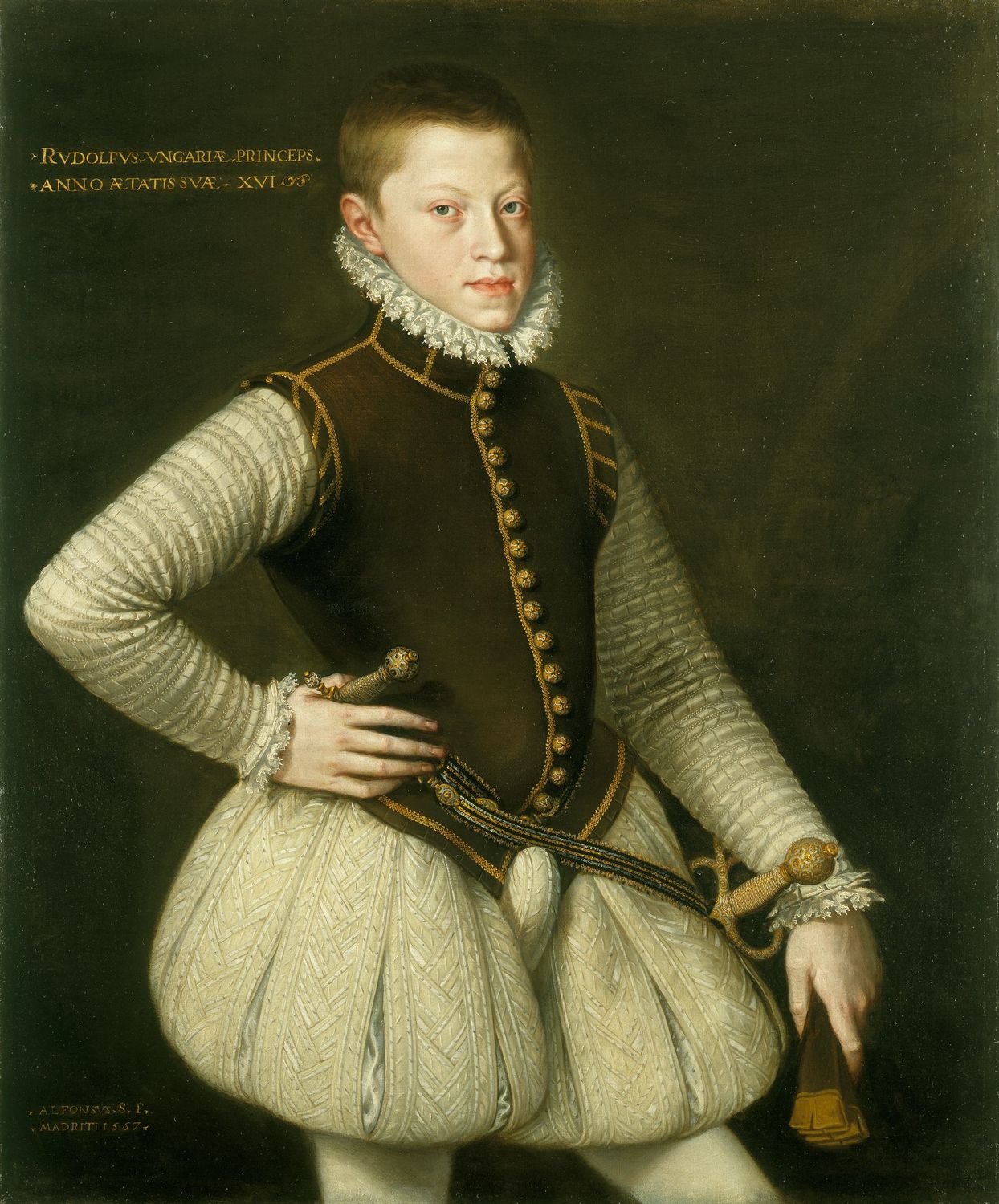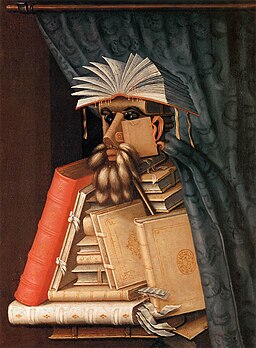I was on a podcast!
I talked with Roejen and Lobo over at Project Archivist about one of Dee and Kelley’s great patrons, Holy Roman Emperor Rudolf II. He provided material support and political protection for alchemists, astrologers, scientists, and artists of all stripes. Perhaps not the most glittering court (he was a melancholic recluse who preferred the world to come to him), but he created a golden age of early modern science in Prague.
Here are some images of the Mad Emperor himself, some of the art he favored, and a disturbing family tree. All images Wikipedia Commons unless otherwise noted:





Evans, R. J. W. (1973). Rudolf II and His World: A Study in Intellectual History, 1576-1612. Oxford: Oxford University Press.
Fučíková, E. (1997). Rudolf II and Prague: The court and the city. Prague, New York, and London: Prague : Prague Castle Administration ; London ; New York : Thames and Hudson.
Marshall, P. (2006). The Magic Circle of Rudolf II: Alchemy and Astrology in Renaissance Prague. Walker & Company.
Nummedal, T. (2007). Alchemy and Authority in the Holy Roman Empire. Chicago: University of Chicago Press.